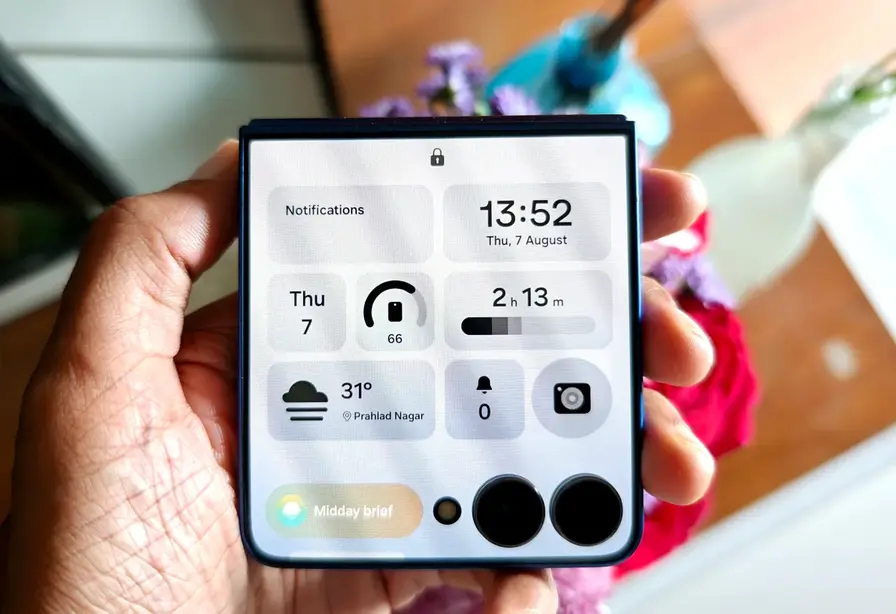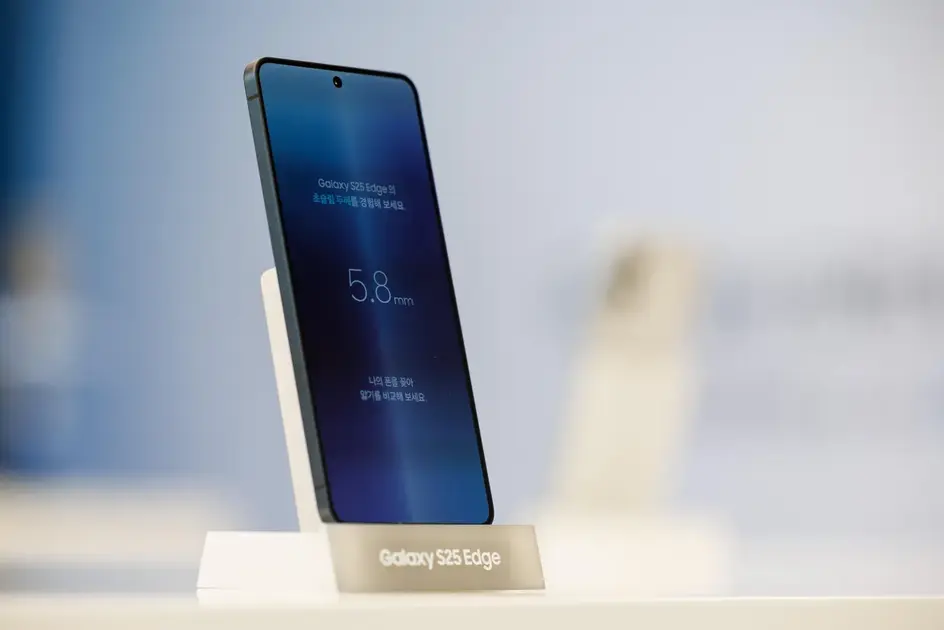T4K3.news
Pixel stays software driven as Google doubles down on AI
An editorial look at how Google keeps the Pixel as a software and AI showcase rather than a pure hardware play.
An editorial look at how Google keeps the Pixel as a software and AI showcase rather than a pure hardware play.
Pixel stays software driven as Google doubles down on AI
Google has long treated the Pixel as a vehicle for its software, not just a gadget. Since the original Pixel in 2016, Google pitched phones that spotlight software features and services, from camera tricks to Google Assistant, rather than simply selling hardware. The Pixel line evolved into a more self-contained platform with the Pixel 6, which introduced a custom Tensor chip and a distinctive camera bar. These moves signaled a shift toward on‑device AI and deeper integration with Google services.
In recent years the Pixel has leaned further into AI and software demos, with Gemini features appearing on the Pixel 9 lineup and plans for the Pixel 10 already on the horizon. A 2024 reorganization that placed Pixel and Android under one umbrella sped up the rollout of new AI features. Throughout the period, Google has framed hardware as a way to show off software ideas, not as a stand‑alone profit engine. The competitive landscape, including OpenAI’s rapid user growth, has pushed Google to use the Pixel as a live platform for its AI ambitions.
Key Takeaways
"made by Google"
A phrase the article used to describe Google's own framing of its hardware
"Night Sight"
A flagship feature cited as a milestone in Pixel’s camera capabilities
"OK Google"
Oldest recruit for voice control that evolved with Pixel software
"Motion Sense"
A feature cited as an early example of Pixel gimmicks leading to real AI aims
The Pixel’s arc reflects a bigger tech truth: hardware is increasingly a stage for software and AI, not the main product. Google’s strategy turns devices into conduits for Gemini and other on‑device AI tools, turning photographers, translators and phone navigators into showcases for its services. At the same time, the shift to a unified Android‑Pixel platform aims to shorten the loop between invention and deployment, letting Google push software updates and new features faster. If the Pixel succeeds as a software lever, it could redefine what a smartphone is for a broad audience.
Yet the approach carries risks. If users do not adopt Google’s AI features widely, the Pixel could devolve into prestige hardware with limited practical value. The balance between hardware quality and software promises will remain a watchword, especially as competitors push alternatives that blend hardware advantages with their own AI ecosystems. The test for Google is clear: can Pixel keep moving AI and services to the center without drifting from everyday usefulness?
Highlights
- made by Google
- Night Sight shines in low light
- OK Google becomes a software layer
- Motion Sense pointed to hands free AI
The road ahead will test whether Google's software first promise can outpace hardware rivals.
Enjoyed this? Let your friends know!
Related News
Pixel 10 Pro preview
Pixel 10 Pro Fold versus Galaxy Z Fold 7
Pixel 10 Pro Series Launches with Qi2
Tensor shift signals a new era for Pixel 10 Pro Fold
Pixel 10 lineup debuts with AI features
Pixel 10 features tease

Galaxy Z Flip 7 review
Pixel 10 leaks spark interest
